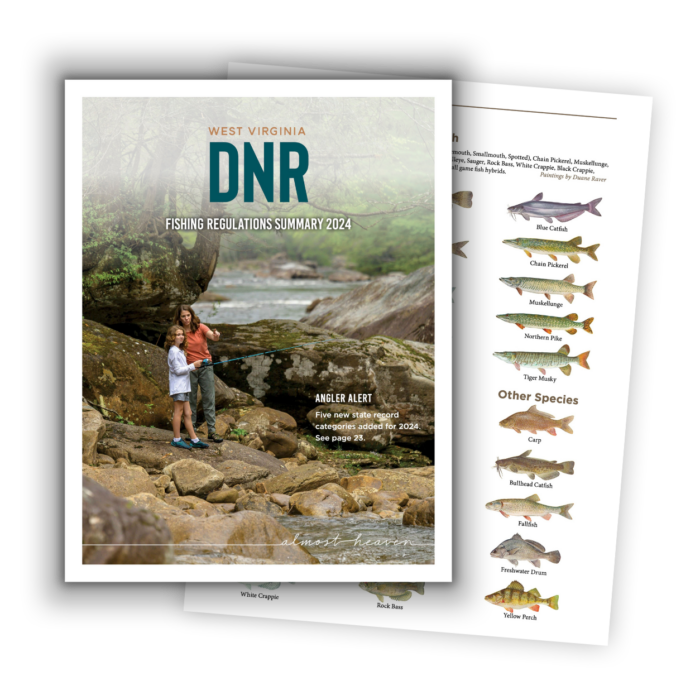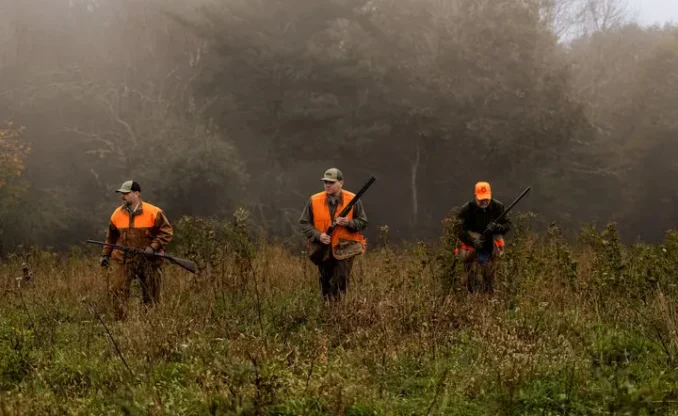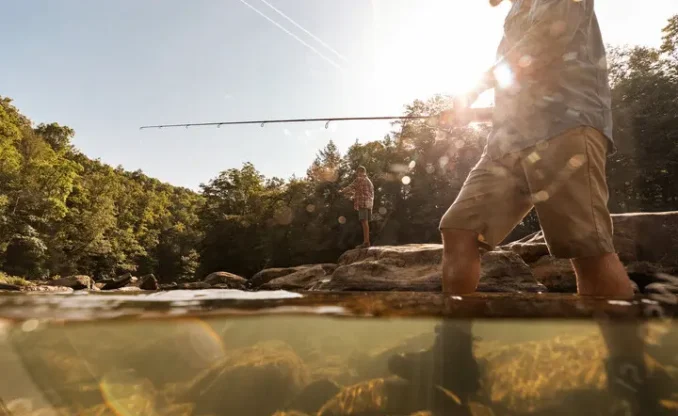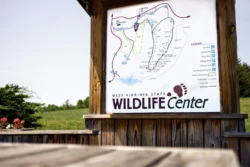Cast your line with confidence with these essential fishing regulations
Whether you’re a new angler or a seasoned pro, understanding West Virginia’s fishing regulations is key to enjoying the sport. By knowing and following these regulations, which are updated each year, you’ll help conserve West Virginia’s world-class fisheries and ensure you’re fishing legally. This guide will walk you through the basics of our state’s fishing regulations and help you cast your first or thousandth line with confidence.
Why are fishing regulations important?
Fishing regulations play a crucial role in the conservation and sustainability of fish populations. These rules are established using the latest data collected by the WVDNR’s fisheries biologists and are intended to provide anglers with good fishing experiences while protecting the fishery itself. By adhering to these regulations, anglers ensure that fish populations remain abundant and of high quality for the future. Regulations also promote fair access and enjoyment for all anglers while protecting habitats and ecosystems.
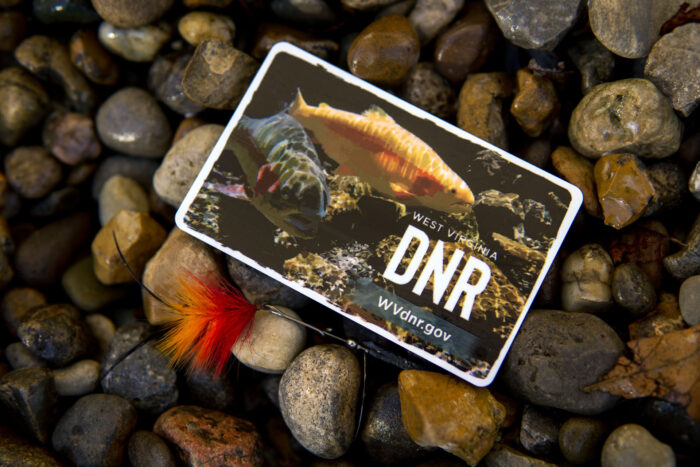
When and where do I need a fishing license, and how do I obtain one?
All anglers age 15 and older are required to have a fishing license in West Virginia and licenses are good for the calendar year. Licenses can be purchased online at WVfish.com or in-person at authorized license agents. Specific permits, like a trout stamp, are required for trout fishing, regardless of whether you intend to keep the trout or not. For a complete list of resident and non-resident fishing licenses, including annual, three-year and lifetime options, check pages 31 and 32 of West Virginia Fishing Regulations Summary.
Are there specific fishing seasons and times in West Virginia?
While there aren’t fishing seasons, trout anglers need to know about trout delayed harvest areas. These areas are under catch-and-release regulations November 1 to May 16. This means that trout must be returned to the water during that time. During the rest of the year, general regulations apply, allowing anglers to keep trout. Unlike catch-and-release streams, delayed harvest regulations are placed on streams that aren’t able to hold trout year round. However, these waters still have high quality trout habitat and cold water most of the year.
Are there catch limits and size restrictions?
Creel limits (how many fish of a given species you may harvest in a day) are set to maintain healthy fish populations. For instance, some species have low creel limits to prevent overharvesting, while others have higher limits to manage overpopulated species. Possession limits are also specified, indicating how many fish you can have at any one time. Minimum and maximum size limits ensure that fish populations can sustain themselves by allowing only certain sizes to be harvested.
Limits vary by species and are detailed on page 2 of the West Virginia Fishing Regulations Summary.

Where can I find information on special regulations?
Some waters have specific regulations that differ from the rest of the state. These special area regulations are outlined on pages 3 to 8 of the regulations booklet. These areas have specific regulations that differ from the rest of the state and are clearly defined. It’s important to check them if you plan on fishing these areas or you’re targeting specific species.
It’s also important to note that diamond and candy darters as well as paddlefish and sturgeon are protected species in West Virginia and must be released immediately if caught.

What gear and bait are allowed or prohibited in West Virginia?
Game fish must be caught with a hook and line only. This may include methods such as rod and reel, trotlines and droplines, however some of these methods have certain restrictions. Netting and spearing is prohibited. Catfish may be caught using hand-fishing, but special regulations are in place. Other methods like bow fishing, dipping, gigging, and spearfishingare only permitted for non-game fish.. See pages 12-13 of the West Virginia Fishing Regulations Summary for more information on these methods.
Restrictions on bait types are generally minimal, but some special regulation areas have specific rules. For example, fly fishing areas restrict gear and bait to fly fishing rods and reels and non-edible, unscented bait. Additionally, possession of baitfish is illegal in certain areas of the state and the possession of darter species is prohibited statewide. See pages 10-11 of the West Virginia Fishing Regulations Summary for more information regarding any restrictions on the use of different types of bait.
Review West Virginia’s Fishing Regulations Today
West Virginia’s fishing regulations are designed to protect important fisheries, preserve the state’s fishing heritage and promote a positive fishing experience for anglers. If you have questions, contact your local WVDNR district biologist, whose information is printed for your convenience on the inside cover of the West Virginia Fishing Regulations Summary. You can also reference the WVDNR’s interactive fishing map, which includes information about regulations for public fishing areas across the state.
